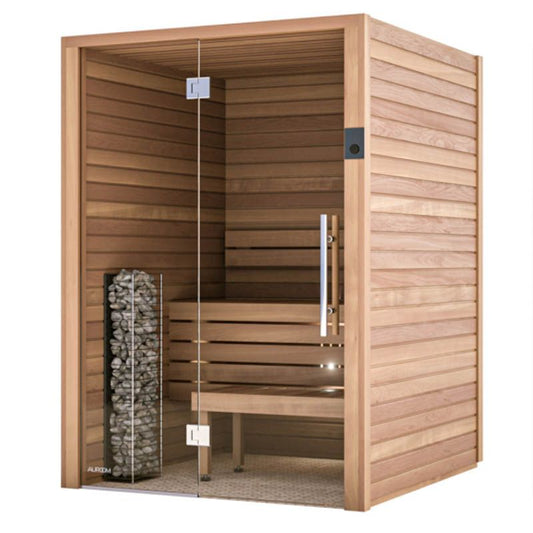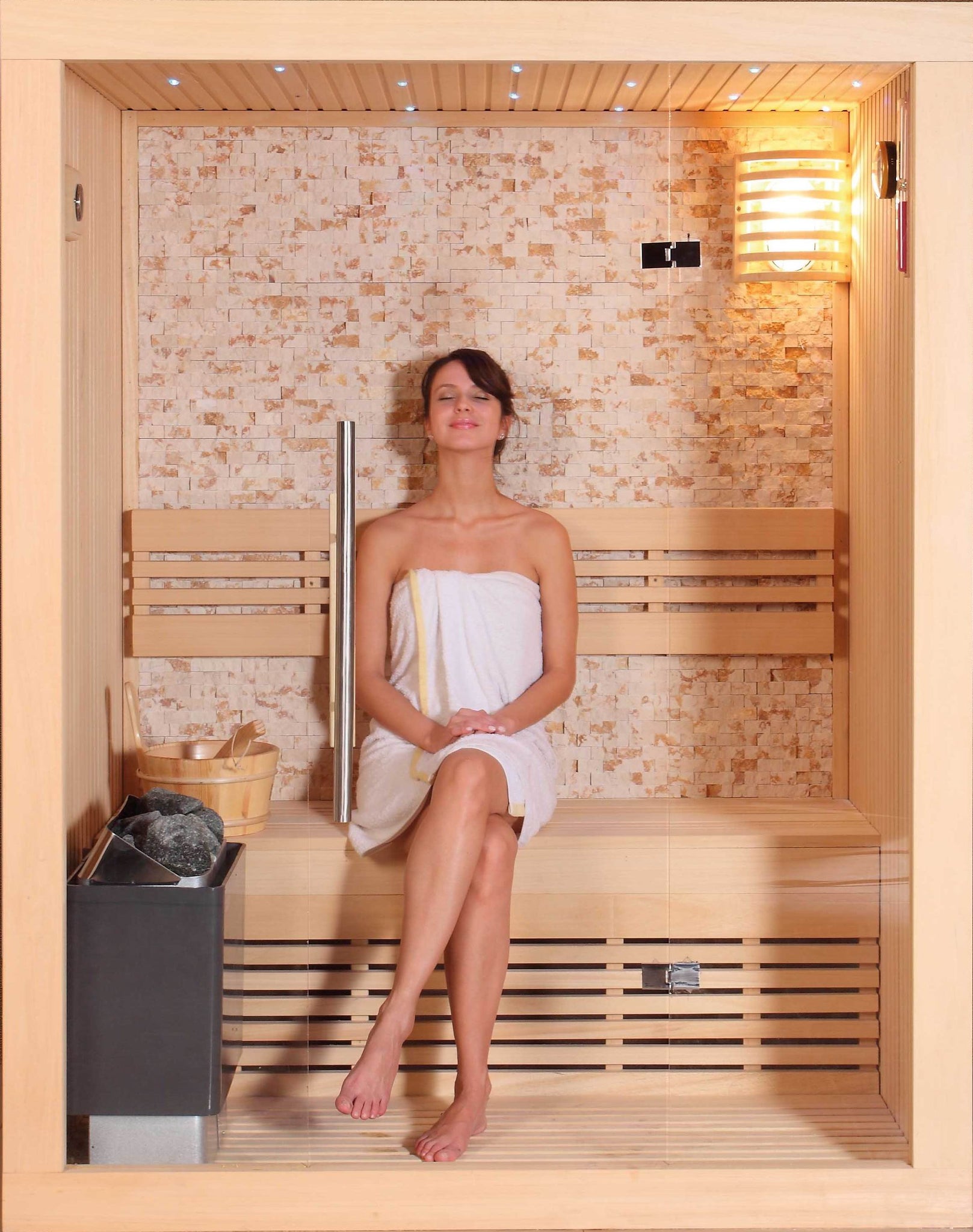Some Known Questions About Traditional Sauna.
Some Known Questions About Traditional Sauna.
Blog Article
Some Of Traditional Sauna
Table of ContentsHow Traditional Sauna can Save You Time, Stress, and Money.Little Known Questions About Traditional Sauna.Traditional Sauna for BeginnersThe Basic Principles Of Traditional Sauna
The majority of the weight shed in a sauna is water loss and is re-gained upon rehydrating. Without a doubt sauna can be a crucial component of a healthy weight loss program. To take a look at the distinctions between typical and IR saunas, I will separate these into proven, academic, and fabricated distinctions.Therefore, the most popular point in the saunawhich is at the ceiling straight over the sauna heateris usually in between 185 and 190 F. Traditional Sauna. Claims that a typical sauna goes beyond 200 F is merely not true and not suitable for electric saunas marketed in the United States. The temperature level for a far-infrared sauna is typically established in between 120 and 140 F; nonetheless, unlike the conventional sauna, the goal in and IR space is not to accomplish a heat
As a result of this, the temperature distinction is nearly unimportant, considering that excessive sweating causes both sauna types, yet the approach of heating up the body is different. In an IR sauna the bather will certainly feel hot and will certainly sweat profusely, but at much lower temperatures. Hence, if the objective is to invest longer amount of times in the sauna, the IR sauna is a great choice.

Little Known Facts About Traditional Sauna.
When the high temperature is achieved, the components cycle on and off to keep the heat. Most conventional sauna individuals appreciate putting water over the rocks to develop vapor to elevate sauna moisture degrees. The advantages of putting water over the rocks consist of: making the area more comfy, dampening the nasal passages, and enabling the usage of aromatherapy by blending essential oils with the water.
In a far-infrared sauna, the heat waves pass through the body to efficiently heat up the body and elevate the body core temperature. To accomplish this enhanced temperature level, Far-infrared emitters produce infrared energy which is close to the same wavelength as that which the body normally emitsoften described as the "Crucial Variety" of 7 to 14 microns), so the energy is well received by the body.
When the power gets in the body, it creates the body temperature level to boost and eventually leads to perspiration. In an infrared sauna it's essential for the emitters/heaters to stay on virtually constantly. Given that there is no mass of rocks to preserve warm, the sauna will cool if the emitters turned off.
As discussed above, the sauna bather in an infrared room desires to place himself before running emitters to obtain optimal take advantage of the heat. The heating time for the two areas can be extremely various, depending upon how the spaces are used. For a standard sauna, a bather should enable 30-40 mins for the space to attain a wanted temperature and to properly pre-heat the rocks.
The 5-Minute Rule for Traditional Sauna
A well constructed sauna will typically attain a temperature of 150-160 F in regarding 30-40 mins. For hotter temperature levels, the space may need to heat for a longer period.
To some, 15 mins was "squandered" while the infrared energy heated up the timber panels instead than warming a body, while others discover a pre-heated space to be a lot more comfy and think an elevated starting temperature is needed to start perspiring. The length of suggested usage for each room is around the same (10-15 mins per session); nevertheless, because of the lower air temperatures and the capacity to really feel the effects of infrared warm faster than a typical sauna, it is not uncommon for an individual to spend a total of 20-30 minutes in an infrared sauna.
Traditional saunas often tend to be larger (therefore make use of even more electrical power) than infrared saunas, find out here now although standard saunas are absolutely readily available in one and 2 person dimensions. For a two-person conventional sauna, 5x6 or 5x7 size is most prominent. The top bench can comfortably seat two or 3 people and is also long sufficient to relax during the sauna session.


The average expense per kWH of electricity in the U.S. is around $0.11, so a 4.5 kW heater will cost about $.50 to compete one hour, if the heater runs continually for one hour. Normally a sauna heating unit will compete 75% of the very first hour and 50% of succeeding hours on because the components cycle once the set temperature is attained.
The smart Trick of Traditional Sauna That Nobody is Discussing
A two individual useful source far-infrared area is usually physically smaller sized than a traditional sauna, commonly about 4' x 4' or smaller. The IR heater is commonly 1.5-1.7 kW utilizing a 120 volt 15 amp plug-in service. Given that the area can be used faster than a sauna area, we visit this site right here will certainly think the room is used for to of an hour consisting of warm up time.
There is a hardly ever gone over difference in the social experience in between the two spaces. While our culture has lost some of the social advantage of the conventional sauna experience, it can be extremely socially fulfilling. From family members time in the sauna, to heart-felt discussions with considerable others, to sauna partiesthe standard sauna experience can cause intimate interacting socially.
Many greater end infrared spaces consist of colored light treatment, sound systems and full-glass fronts.
Report this page